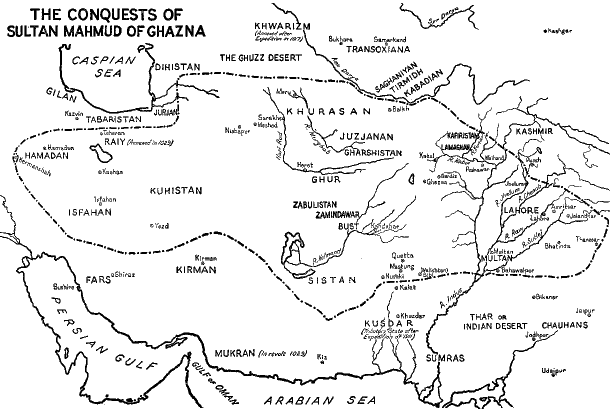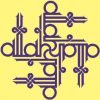Amena Shahrukh Lali recounts the dynamic life of a great Muslim conqueror who opened many lands and brought Islam to their people
Sultan Mahmood Ghaznavi was born in 361 AH in Ghaznah southwest of Kabul. His forefathers were Turkish, and his father was a very powerful leader of Ghaznah. Since his childhood, Sultan was a very strong person and as he grew old Allah blessed him with handsome looks too. He was a gifted speaker. Though he didn’t understand the Arabic language, he was well versed in the laws of Islam. He loved poetry, astronomy and math, and would encourage others to learn.
As a leader, Mahmood showed such great capabilities that the whole province of Khurasan rallied under his leadership and his rule extended to Azerbaijan. At the age of 27 he announced his claim to the throne of Afghanistan, when his brother Ismael also announced his claim to be king from the city of Balkh. Mahmood defeated his brother in Ghazni.
The most commendable act of Sultan was his love for Jihad. Every year he would set out to conquer new lands, heading always towards India. Sultan defeated Jeebel the King of Kabulistan, captured Punjab, Tanseer, Kashmir and Qanoch. By 1017 Aliak Khan, an ally of Sultan Mahmood invaded Hirat and Balkh. This was out of the ordinary because Sultan Mahmood was married to his daughter. So, Sultan gathered a powerful force of fifty thousand warriors and attacked the Khan’s army and defeated them. By 1024, Allah granted Sultan such power that he crossed the Amu River.
One day, news reached him that the Indian people believed that the great idol Suminat brings destructions and peace to their land, and gives life and causes death to them. They also use to make pilgrimage to him. They had accumulated wealth to the point that 10,000 villages were counted as a part of its endowment and thousands of Brahama men were at its service.
Nevertheless Sultan set out to destroy the idol after making Istikhara (asking Allah for guidance in his decision). He left at the head of thirty thousand cavalries and a great number of infantry and volunteers. When the Indians saw the determination of Sultan they offered him a great amount of money. Sultan said: “I have thought about the matter, and I see that when the Day of Judgement comes, I would rather be called ‘Where is Mahmood who destroyed the idol?’ than ‘Where is Mahmood who spared the idol for the wealth of this world?'”
He took his sword and went in. The idol was adorned with gold and rare jewellery that were beyond description. With a mighty blow it fell, broken to pieces. Sultan took the gold and jewellery, and distributed it among his commanders and soldiers. He returned to Ghaznah in Safar 417 AH.
Sultan Mahmood was also among the earlier pious kings. His interest in knowledge had drawn him close to the scholars, as he was known to love hearing the Hadeeth of the Prophet (sa) being recited to him.
Sultan Mahmood only praised Islam due to its pureness. During Sultan’s reign universities of math, religious studies, humanities and medicine were formed and they used to function only under the law of Shariah. For the first time ever, this region was under one rule, one religion and one language.
In 1030 (421 AH), Sultan Mahmood Ghaznavi fell gravely ill and died at the age of fifty-nine. His grave is in Ghaznah.







